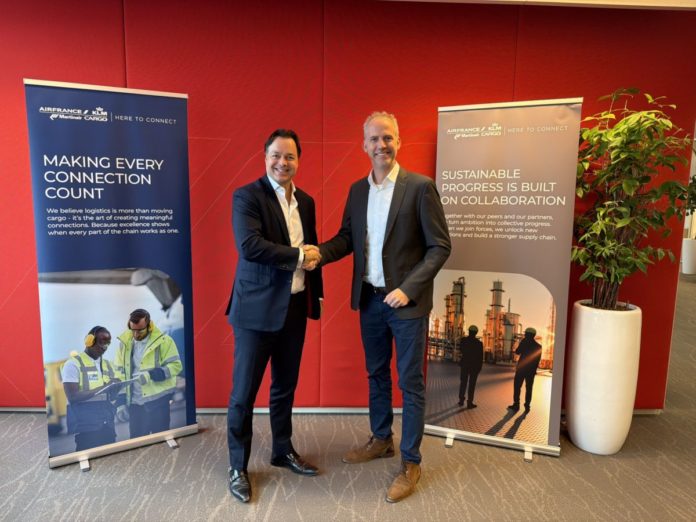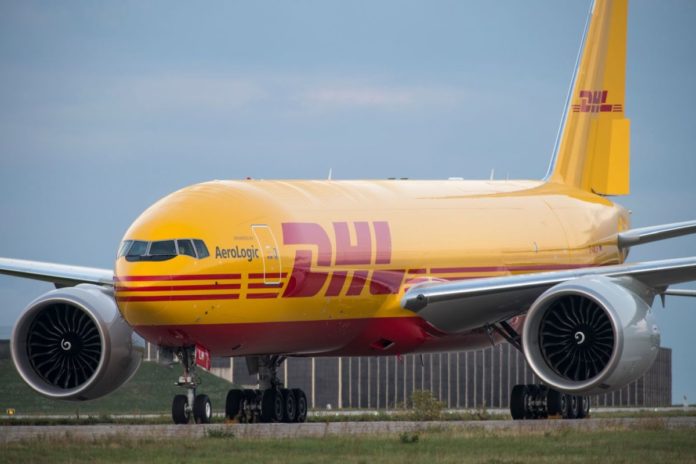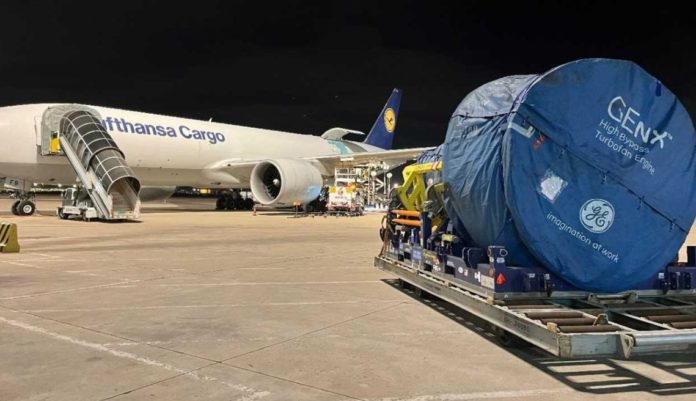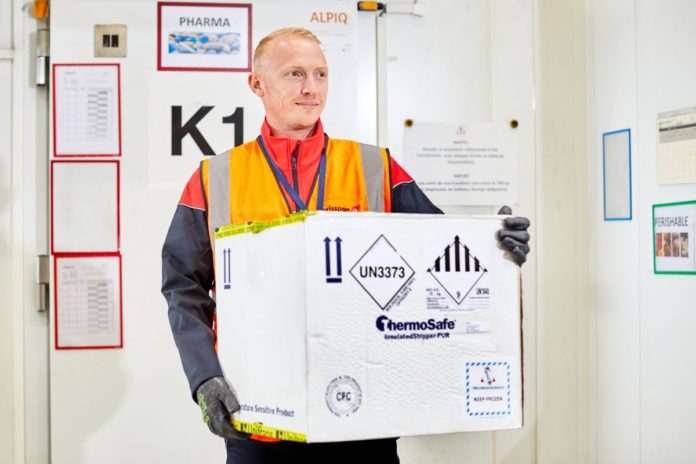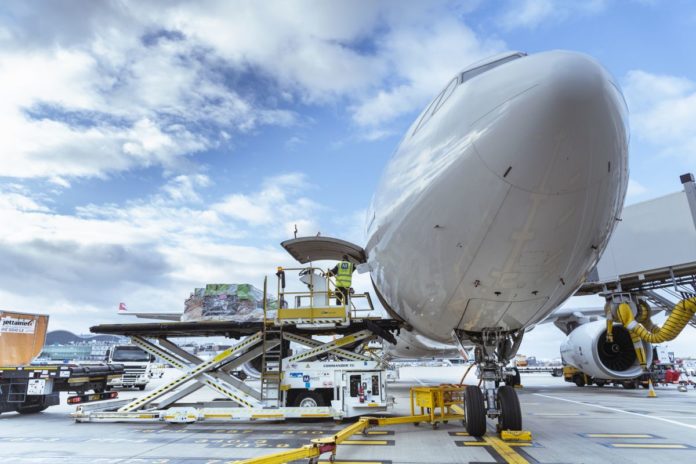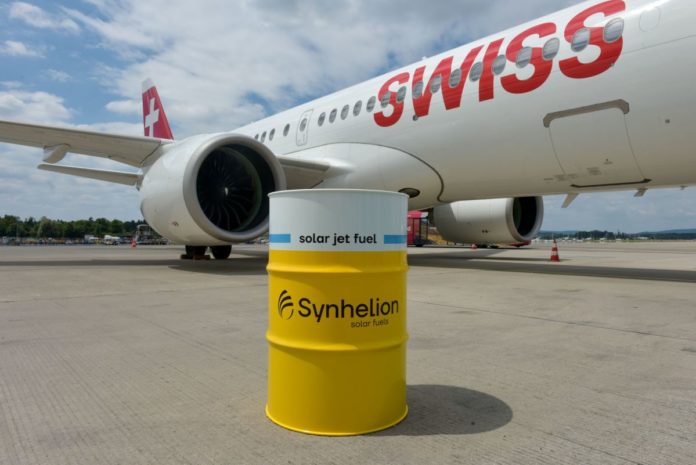Air France KLM Martinair Cargo has partnered again with DHL Global Forwarding to advance the use of Sustainable Aviation Fuel (SAF). Building on the their initial 2022–24 agreement, both organizations have signed a new three-year framework contract covering 2025–2027. For 2025 alone, the partnership includes a reduction target of 35,000 tons of CO₂-equivalent, and the largest annual SAF partnership AFKLMP Cargo has signed to date. Additional SAF volumes and related emissions reductions for 2026 and 2027 will be defined as the partnership progresses.
DHL has embedded SAF into its GoGreen Plus service and has enabled its customers to make measurable progress toward their science-based carbon-reduction targets.






